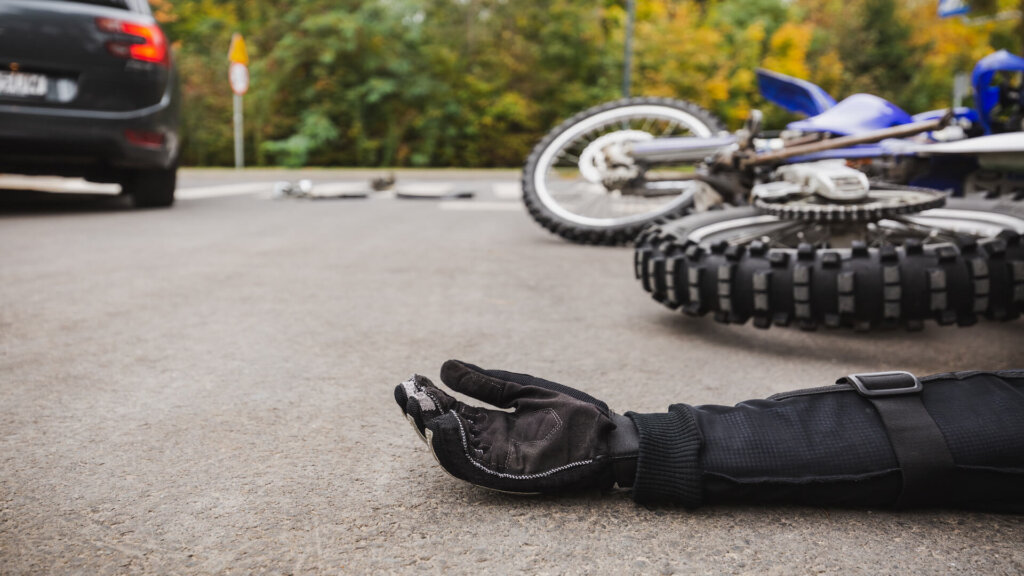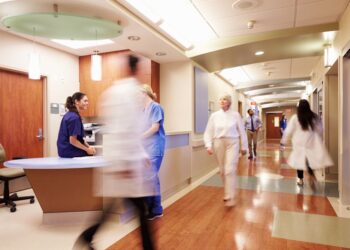The Tampa area is a hot spot for motorcyclists. Between the nightlife at the Seminole Hard Rock Hotel and Casino and the nearby beach in Clearwater, plus excellent biking weather for at least eight months of the year, the area sees a lot of motorcycle crashes. Unfortunately, many drivers don’t look out for motorcycles, and some often say that they never saw the motorcycle they crashed into.
Deadliest Roads in Tampa
Some of the deadliest roads in Tampa are also popular with motorcyclists. U.S. 41 in Tampa takes people through Tampa and toward the beaches in the southern counties. Bikers often use this route to avoid Interstate 275 and the Sunshine Skyway Bridge.
In 2017, according to the Sun-Sentinel, U.S. 41 saw 714 fatal wrecks that resulted in 772 deaths. The newspaper did not say how many of those fatalities were motorcyclists.
Other dangerous roads in the Tampa area, according to the Sun-Sentinel, include:
- Brandon Boulevard from Falkenburg Road to Dover Road. Brandon Boulevard takes you from Tampa out to Brandon, Valrico, Plant City, Lakeland, and other points east that are popular with riders.
- Gibsonton Drive and Boyette Road between I-75 and Balm Riverview Road.
- Hillsborough Avenue between Longboat Boulevard and Florida Avenue.
- Fletcher Avenue between Armenia Avenue and 50th Street.
- Dale Mabry Highway between Hillsborough Avenue to Bearss Avenue. This is the main artery to go from South Tampa to North Tampa and points north of Tampa.
- Lynn Turner Road from Gunn Highway to Ehrlich Road.
- Meridian Avenue from Channelside Drive to Twiggs Street.
- Bruce B. Downs from Fowler Avenue to Bearss Avenue.
- 50th and 56th Streets between Fowler Avenue and Bearss Avenue.
- 15th Street between Fowler Avenue and Fletcher Avenue.
- Big Bend Road between U.S. 41 and I-75.
- S. 301 from I-75 to Adamo Drive.
- Sheldon Road from Hillsborough Avenue to Waters Avenue.
- I-4 from I-275 to 22nd Street, including ‘Malfunction Junction.” This is the main east and west corridor to reach Orlando and points further east. This road sees a lot of traffic, including motorcycle traffic, when people travel from Tampa to the theme parks in Orlando. This area of I-4 is also a hotspot for motorcycle wrecks.
- 56th Street from Sligh Avenue to Busch Boulevard.
- I-275 from the Howard Frankland Bridge to Busch Boulevard. The Howard Frankland Bridge is one of the three main arteries from Hillsborough County to Pinellas County and the beaches.
- Kennedy Boulevard from Dale Mabry Highway to Ashley Drive.
- 78th Street from Causeway Boulevard to Palm River Road.
- Mango Road from Martin Luther King Boulevard to U.S. 92.
- Florida Avenue from Waters Avenue to Linebaugh Avenue.
While many of these streets are in Tampa, most lead to outlying areas where motorcycle riding is popular.
Causes of Motorcycle Accidents
When drivers of passenger vehicles do not watch for motorcyclists, they can cause motorcycle accidents. Because of this, a motorcyclist must drive defensively—always on the lookout for other vehicles, since other drivers are not looking for the biker.
Intersections are particularly deadly or catastrophic for bikers. The NHTSA says that about one-third of motorcycle wrecks are because other motorists turn in front of a biker who has the right of way.
Additional reasons for motorcycle wrecks include:
- Poor maintenance;
- Weather;
- Reckless driving;
- Driving under the influence of drugs or alcohol; and
- Distracted driving.
Motorcycle Accident Injuries
Injuries you suffer in a motorcycle accident are often catastrophic or fatal because you don’t have the same protection you have in a car. Firstly, you are on two wheels instead of four, and secondly, you don’t have all that metal, fiberglass, and glass surrounding you.
Additionally, bikes do not have the same safety features of passenger vehicles, including ABS brakes, traction control, and active safety features such as blind-spot warning and automatic emergency braking technologies.
Injuries could range from minor cuts, scrapes, and scratches to more severe injuries such as spinal cord injuries.
Motorcycle accident injuries include:
- Road rash;
- Burns;
- Soft-tissue injuries, including pulled and torn muscles, strains, and sprains;
- Internal injuries;
- Head, neck, and shoulder injuries;
- Traumatic brain injuries; and
- Back and spinal cord injuries.
Some injuries, such as spinal cord injuries and some traumatic brain injuries, could lead to full or partial paralysis.
After a Motorcycle Accident
If you are able, once the police release you from the accident scene, be sure to get medical attention immediately. Let the medical professionals know you were in an accident and that you need to make sure everything is okay. You may not feel some injuries for hours or even days later.
In some head and brain injury cases, you might not realize that you have the injury. For example, you could have a mild concussion, which is a traumatic brain injury, and not realize it. But a mild concussion can lead to problems later in life, especially if this is not your first concussion.
While you are at the accident scene, if possible, take pictures of the scene. Investigators will also take pictures, but you should also do that, plus procure witness contact information and the contact, registration, and insurance information for others involved in the accident.
When speaking with police and others at the scene, never admit fault, even if you think you are partially or fully at fault. If you are not at fault, the insurance company could use that against you to deny your claim or to give you a smaller settlement that might not cover all of your medical expenses.
Suffering injuries in a motorcycle accident can be life-changing. Contact an experienced lawyer to help you navigate the next steps to ensure you get the compensation you deserve.








